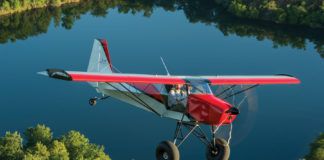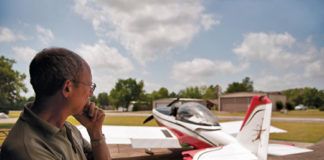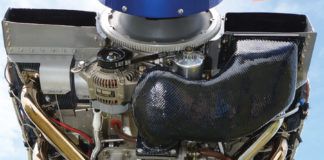Ignition Advance
Regarding Nigel Speedy’s article [“The Effects of Ignition Advance on Cylinder Head Temperature, Speed, and Efficiency,” May 2017], I had a friend doing a similar experiment using electronic ignition (EI) without a full understanding of the system or its parameters. His RV-8 had a 200-hp angle-valve engine and 10:1 pistons. His EI only advances 4 degrees in flight, so he set up his ignition timing at 26 degrees so the max advance would be 30 degrees. He’s based at an airport above 6000 feet. The EI rolled in all the advance by 26 inches manifold pressure, so he actually had full 30-degree advance all the time.
It seemed to work fine—until his first cross-country. He landed to refuel at an airport at 5000 feet elevation. After a hot start, he was back in the air. CHTs shot to 550+ and oil temp to 255 before he could get back on the ground. There was detonation, then pre-ignition that wasn’t going to stop until the engine either melted down or the fuel was cut off. He made it back to the airport, but the engine had significant damage.
He was able to fly it home two days later. The top ring lands were severely eroded with some damage to the second ring lands. Valve damage was minimal and the crank was OK. Rod bearings showed some damage from detonation/pre-ignition. It was an expensive lesson.
Clearly, you had a control to be able to dial back the ignition if a problem showed, but you should also be aware of just how close you were to the conditions that caused a meltdown for him.
—Jeff scott
We agree with you—experimenting must be done from a basis of knowledge—in this case, about the engine and ignition systems being used and the possible results of mistakes or not understanding all of the parameters involved. The point of Nigel’s article is not just about the results for this particular test—it is about the care, preparation, and risk management that should be involved in any flight testing. Understanding and analyzing the risks is what marks professional thinking.—Ed.
Ask the DAR
I enjoy Mel Asberry’s column, and it provides me with much food for thought. However, in the July 2017 issue, in his answer to the second question, he wrote, “A mechanic certificate with airframe only does not qualify one to perform the condition inspection on an Experimental/Amateur-Built aircraft.”
Strictly speaking that is not correct. If you had written, “A mechanic certificate with airframe only does not qualify one to perform the condition inspection on an Experimental/Amateur Built airplane,” the statement would be accurate.
As I’m sure you know, a glider is an aircraft, and with no motor an Experimental/Amateur-Built glider can have its condition inspection signed off by the holder of only an airframe rating on the mechanic certificate. Now if the glider has self-launch capabilities, then the powerplant rating is needed. Also, why not have one person with the airframe rating sign off the airframe part of the condition inspection and another person with the powerplant rating sign off that part of the inspection?
—Robert Mudd
Nothing slips by you guys! Several readers commented on this typo, and we apologize for the error.—Ed.











